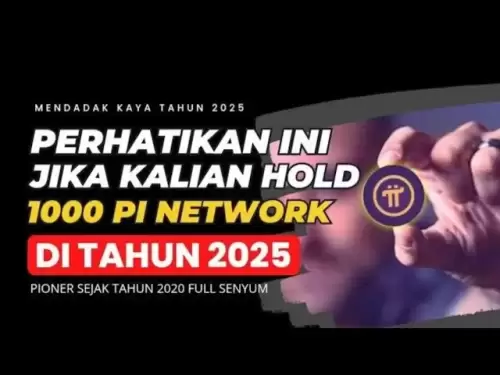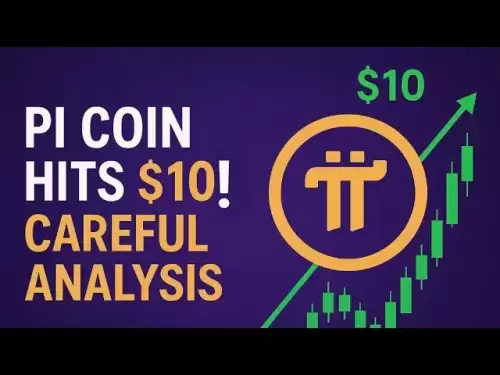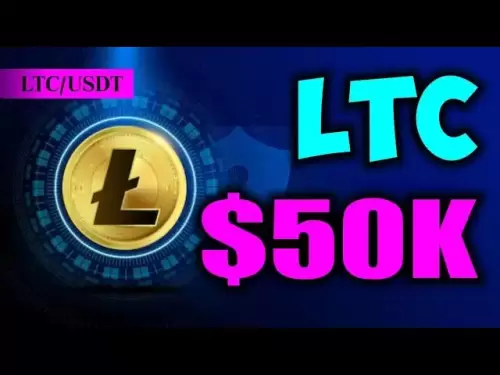-
 Bitcoin
Bitcoin $118000
-0.23% -
 Ethereum
Ethereum $3651
1.66% -
 XRP
XRP $3.423
-1.58% -
 Tether USDt
Tether USDt $1.001
-0.02% -
 BNB
BNB $742.8
0.69% -
 Solana
Solana $177.8
0.30% -
 USDC
USDC $0.9999
0.01% -
 Dogecoin
Dogecoin $0.2539
0.03% -
 TRON
TRON $0.3199
-1.74% -
 Cardano
Cardano $0.8382
0.59% -
 Hyperliquid
Hyperliquid $44.83
0.05% -
 Stellar
Stellar $0.4602
-1.49% -
 Sui
Sui $3.850
0.58% -
 Chainlink
Chainlink $18.62
2.56% -
 Hedera
Hedera $0.2681
0.97% -
 Avalanche
Avalanche $24.63
3.07% -
 Bitcoin Cash
Bitcoin Cash $522.5
0.96% -
 Shiba Inu
Shiba Inu $0.00001507
-0.80% -
 Litecoin
Litecoin $113.6
9.75% -
 UNUS SED LEO
UNUS SED LEO $8.994
0.24% -
 Toncoin
Toncoin $3.197
-0.43% -
 Polkadot
Polkadot $4.361
1.13% -
 Uniswap
Uniswap $10.45
1.41% -
 Monero
Monero $327.5
0.65% -
 Ethena USDe
Ethena USDe $1.001
-0.03% -
 Bitget Token
Bitget Token $4.992
-1.12% -
 Pepe
Pepe $0.00001355
0.67% -
 Dai
Dai $1.000
0.01% -
 Aave
Aave $322.6
0.15% -
 Bittensor
Bittensor $415.5
0.88%
What is a gas war in NFTs?
During high-demand NFT drops, gas wars erupt as users outbid each other with higher fees to secure limited tokens, especially on Ethereum.
Jul 20, 2025 at 11:14 am
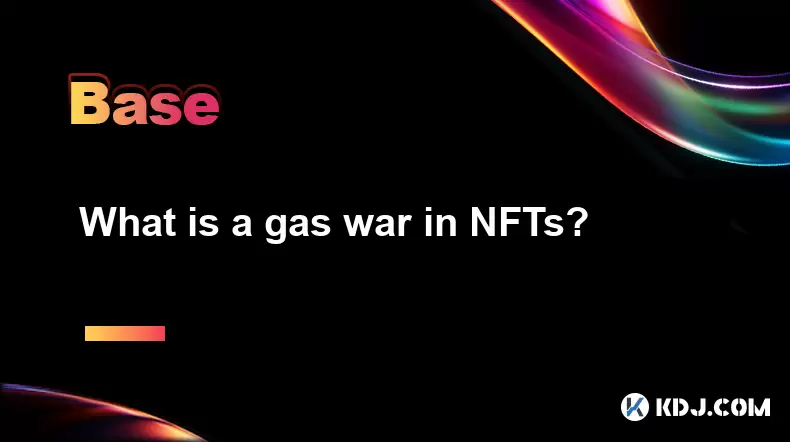
Understanding the Concept of Gas Wars in NFTs
In the world of non-fungible tokens (NFTs), a gas war refers to a situation where multiple users attempt to mint or purchase a limited-edition NFT simultaneously. This leads to a surge in network congestion, causing users to increase their gas fees—the transaction fees paid to miners for processing transactions on a blockchain. The gas war typically occurs during high-demand NFT drops, especially on the Ethereum blockchain, where gas fees are determined by supply and demand dynamics.
Gas wars are not a technical mechanism but rather a behavioral phenomenon driven by user urgency and scarcity. As more users compete for a limited number of NFTs, they are willing to pay higher gas fees to ensure their transactions are processed faster.
How Gas Fees Work in Ethereum-Based NFT Transactions
Ethereum uses a gas-based fee system to allocate network resources. Every transaction, including minting or transferring NFTs, consumes a certain amount of gas. The amount users are willing to pay per unit of gas (measured in gwei) determines how quickly their transaction is picked up by miners.
- Base Fee: A dynamically adjusted fee determined by network congestion.
- Priority Fee (Tip): An additional amount users can offer to miners to prioritize their transaction.
During a gas war, users often set extremely high priority fees in hopes of getting their transactions confirmed before others. This results in exponentially higher transaction costs for all participants.
Why Gas Wars Occur in NFT Drops
Gas wars are most commonly seen during exclusive NFT launches, particularly those with limited supply and high perceived value. Projects often announce a specific time for minting, which leads to a stampede of transactions on the blockchain at once.
- Scarcity: Limited NFT supply creates urgency among collectors.
- Speculative Demand: Users aim to mint early and resell for profit on secondary markets.
- Whale Activity: Large buyers or bots may flood the network with high-gas transactions to secure rare NFTs.
The combination of these factors makes gas wars a common occurrence in the NFT space.
Impact of Gas Wars on Regular Users
While gas wars may benefit miners and early adopters with deep pockets, they often have negative consequences for the average NFT collector.
- High Transaction Costs: Minting an NFT that costs $100 could require $100+ in gas fees.
- Failed Transactions: Some users end up paying high gas fees even if their mint fails due to contract limits or sold-out status.
- Exclusion of Retail Users: High fees and bot activity make it harder for casual collectors to participate fairly.
This dynamic has led to calls for better minting mechanisms, including whitelisting, tiered minting windows, and fair-launch strategies.
Strategies to Avoid Gas Wars
To mitigate the effects of gas wars, both NFT projects and users have developed alternative strategies.
- Whitelisting: Projects offer early minting access to verified community members, reducing competition.
- Staggered Mints: Releasing NFTs in waves allows users to mint at different times, reducing simultaneous demand.
- Off-Chain Minting: Using Layer 2 solutions or minting off-chain and revealing later on-chain can reduce congestion.
- Gas Estimation Tools: Platforms like GasNow or EthGasStation help users estimate optimal gas prices to avoid overpaying.
Projects that implement these strategies tend to foster more inclusive and equitable minting experiences.
Tools and Platforms to Monitor Gas Prices
Several tools and platforms provide real-time gas price data, helping users navigate high-demand NFT events without falling into gas wars.
- EthGasStation: Offers gas price recommendations based on urgency levels (slow, normal, fast).
- GasNow: Provides live gas price tracking and historical data to help users decide on optimal fees.
- Blockchair: Allows users to monitor gas usage and transaction confirmations in real time.
- MetaMask: Built-in gas fee estimator with adjustable priority settings.
Using these tools wisely can help users avoid unnecessary gas expenditure during high-traffic NFT events.
Frequently Asked Questions (FAQ)
Q: Can gas wars happen on blockchains other than Ethereum?
Yes, gas wars can occur on any blockchain that uses a competitive gas bidding system. Networks like Polygon or Binance Smart Chain can also experience similar congestion during high-demand NFT events, although fees tend to be lower than on Ethereum.
Q: Are gas wars avoidable for new NFT collectors?
While not entirely avoidable, new collectors can reduce the impact of gas wars by using gas estimation tools, participating in whitelist mints, or choosing projects with fair-launch strategies that avoid simultaneous minting.
Q: Do gas wars affect the secondary market for NFTs?strong>
Gas wars primarily impact the primary minting phase**. However, high demand during minting can drive up secondary market prices due to limited supply and speculative interest.
Q: How do bots contribute to gas wars?
Bots can execute transactions faster than humans and often use high gas fees to secure NFTs immediately upon release. This intensifies competition and increases gas prices for regular users.
Disclaimer:info@kdj.com
The information provided is not trading advice. kdj.com does not assume any responsibility for any investments made based on the information provided in this article. Cryptocurrencies are highly volatile and it is highly recommended that you invest with caution after thorough research!
If you believe that the content used on this website infringes your copyright, please contact us immediately (info@kdj.com) and we will delete it promptly.
- Dogecoin Price, Institutions, and the 2025 Prediction: A NYC Perspective
- 2025-07-20 22:50:12
- Subway Surfers: Unlock Characters, Master Tips & Tricks for Endless Fun
- 2025-07-20 22:50:12
- Bitcoin, Whales, and Binance: Decoding Market Moves
- 2025-07-20 22:30:13
- Bangladesh vs. Pakistan: T20 Showdown and Shifting Sands in Crypto
- 2025-07-20 22:30:13
- Bitcoin, America, Awakening: A New Era of Crypto Confidence?
- 2025-07-20 22:55:13
- Crypto Coins, Undervalued Gems & Bull Run Potential: What You Need to Know, New Yorker Style
- 2025-07-20 20:30:12
Related knowledge

What is the Inter-Blockchain Communication Protocol (IBC)?
Jul 19,2025 at 10:43am
Understanding the Inter-Blockchain Communication Protocol (IBC)The Inter-Blockchain Communication Protocol (IBC) is a cross-chain communication protoc...

How does sharding improve scalability?
Jul 20,2025 at 01:21am
Understanding Sharding in BlockchainSharding is a database partitioning technique that is increasingly being adopted in blockchain technology to enhan...

What is the "crypto trilemma" of scalability, security, and decentralization?
Jul 19,2025 at 06:28pm
Understanding the Concept of the Crypto TrilemmaThe crypto trilemma refers to the challenge of simultaneously achieving scalability, security, and dec...

What is a cliff and vesting schedule in tokenomics?
Jul 20,2025 at 10:28am
What Does a Cliff Mean in Tokenomics?In tokenomics, a cliff refers to a specific period during which token holders are not allowed to access or transf...
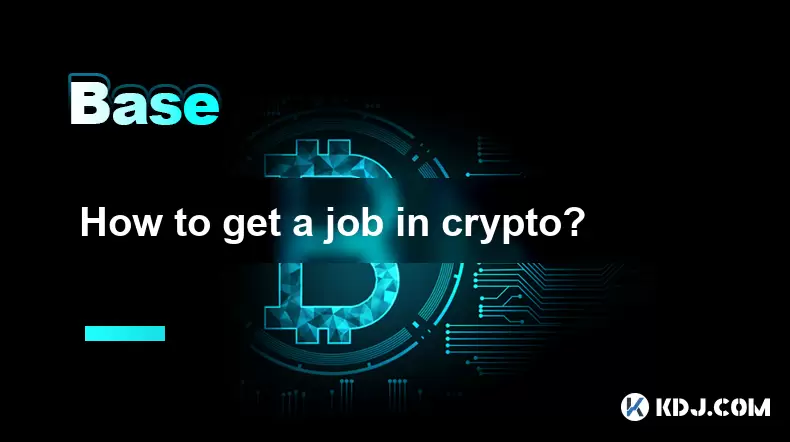
How to get a job in crypto?
Jul 20,2025 at 08:14am
Understanding the Crypto Industry LandscapeThe cryptocurrency industry is a rapidly evolving space that includes blockchain technology, decentralized ...
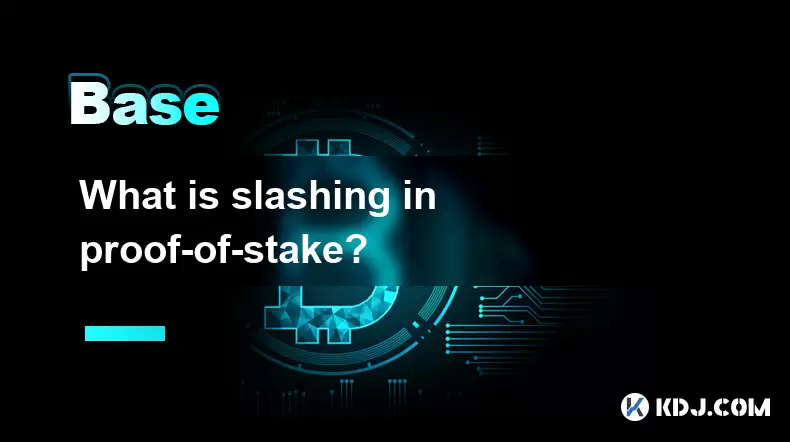
What is slashing in proof-of-stake?
Jul 20,2025 at 06:07am
Understanding Slashing in Proof-of-StakeIn a Proof-of-Stake (PoS) blockchain network, slashing refers to the penalty mechanism used to deter validator...

What is the Inter-Blockchain Communication Protocol (IBC)?
Jul 19,2025 at 10:43am
Understanding the Inter-Blockchain Communication Protocol (IBC)The Inter-Blockchain Communication Protocol (IBC) is a cross-chain communication protoc...

How does sharding improve scalability?
Jul 20,2025 at 01:21am
Understanding Sharding in BlockchainSharding is a database partitioning technique that is increasingly being adopted in blockchain technology to enhan...

What is the "crypto trilemma" of scalability, security, and decentralization?
Jul 19,2025 at 06:28pm
Understanding the Concept of the Crypto TrilemmaThe crypto trilemma refers to the challenge of simultaneously achieving scalability, security, and dec...

What is a cliff and vesting schedule in tokenomics?
Jul 20,2025 at 10:28am
What Does a Cliff Mean in Tokenomics?In tokenomics, a cliff refers to a specific period during which token holders are not allowed to access or transf...

How to get a job in crypto?
Jul 20,2025 at 08:14am
Understanding the Crypto Industry LandscapeThe cryptocurrency industry is a rapidly evolving space that includes blockchain technology, decentralized ...

What is slashing in proof-of-stake?
Jul 20,2025 at 06:07am
Understanding Slashing in Proof-of-StakeIn a Proof-of-Stake (PoS) blockchain network, slashing refers to the penalty mechanism used to deter validator...
See all articles























